Full ‘STEAM’ Ahead: Camp Combines Science, Technology, Engineering, Art and Math
Jack Hawkins couldn’t contain his excitement. “Look! Look at mine!” the 7-year-old exclaimed as colored bubbles floated up from the bottom to the top of his homemade lava lamp.
“They are really cool,” he said with a big grin. “I like it when I drop in the (Alka-Seltzer) piece and it makes the bubbles go up and down.”
Hawkins was equally excited when his “bristlebot” – a miniature robot made from the head of a toothbrush – zoomed in circles, and when he built a catapult for his bouncy ball from rubber bands, a plastic spoon and Popsicle sticks.
Hawkins was among 29 elementary students from around the Basin who attended a two-day STEAM Camp hosted by the Lost River High School Robotics Club Aug. 13 and 14. STEAM stands for science, technology, engineering, art and math. Projects included lava lamps, bristlebot robots, marshmallow towers, homemade bouncy balls, catapults, T-shirt tie-dying, and egg drops.
STEAM Camp is the Lost River Robotics Club’s biggest annual fundraiser. Rey Espinoza and Israel Ruedas are leading the camp and other fundraisers as part of their senior projects. The club hopes to raise $5,000 this year to buy Chrome Books for programming and new robot kits for competition.
Laurie Ross, an English teacher and Lost River’s Robotic Club coach, has organized and headed the STEAM camp for the past three years. She is a Southern Oregon State Robotics Board member and is hoping to host a robotics competition this year with Lost River, Mazama and Bonanza schools.
Problems, solutions
The STEAM camp introduces younger students to problem solving and creative thinking.
On Tuesday, campers spent the first hour solving logic puzzles to unlock locks and break into a box that contained prizes. Their next tasks included making bristlebots and catapults.
For the bots, they could use the head of a toothbrush, a colored pipe cleaner, two-sided sticky tape, one 6-millimeter vibrating motor and one button cell battery.
Catapult builders had large rubber bands, Popsicle sticks and a plastic spoon.
Baylee Hall put together her bristlebot and touched one of the wires to the button cell battery with success.
“Yeah!” she shouted. “Mine’s going!”
Her fellow campers soon saw similar results. The next step: Painting with the bots. Campers dipped the toothbrush bristles on the bottom of the bot into paint to create art on paper.
Meanwhile Espinoza hustled to find materials for the next project while Ruedas measured how far campers’ catapults threw the bouncy balls they made the day before.
After campers tested their catapults, they returned to the drawing board.
“They had their hypotheses and saw their results, and now they have to problem solve to make it better,” said Meghan Miller, a Lost River agricultural science teacher who is helping Ross run the camp. “Some realized today how they made their bouncy balls (yesterday) made a difference. It’s connecting all the dots after their projects come together.”







